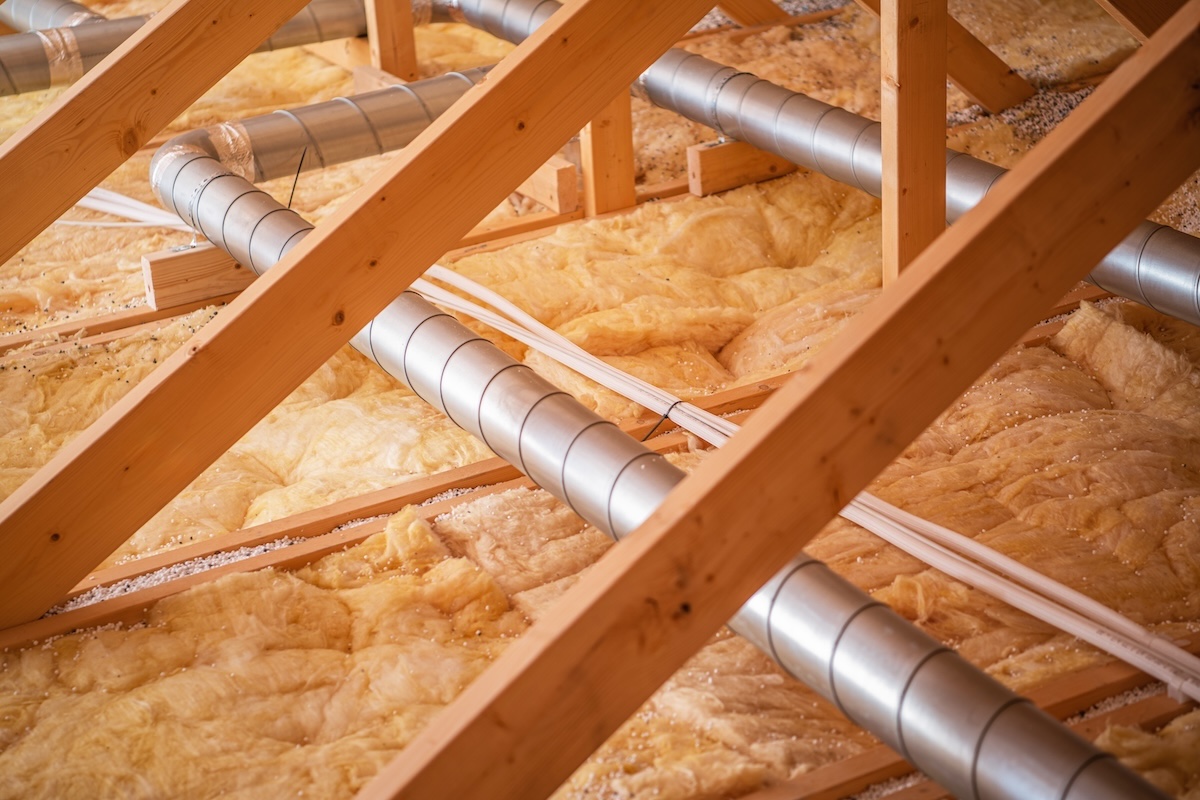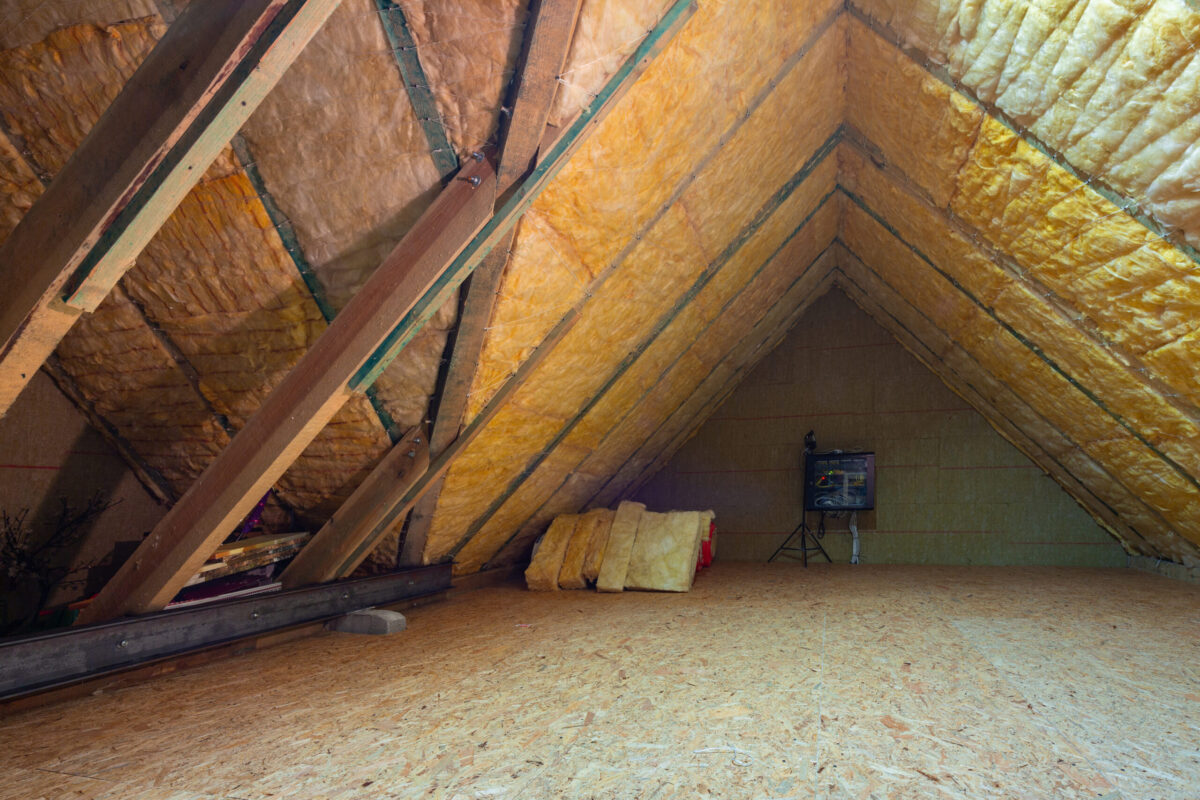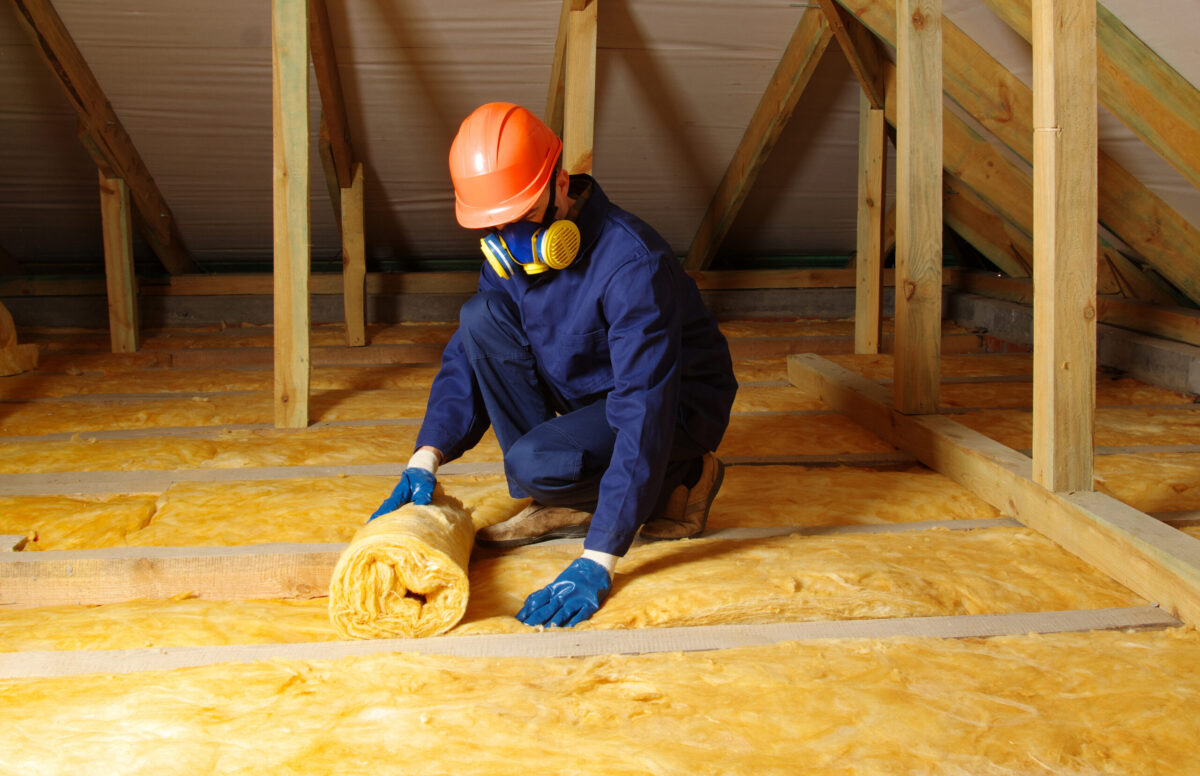When it comes to keeping your home comfortable year-round, your roof and attic play a bigger role than you might think. Proper attic insulation isn’t just about staying warm in the winter or cool in the summer—it’s one of the most effective ways to lower energy bills, protect your roofing system, and maintain indoor air quality. By creating a thermal barrier, attic insulation helps prevent costly heat loss and moisture problems that can damage your roof structure over time. If you’re upgrading your home’s energy efficiency, it’s also worth exploring professional roofing services to ensure every layer—from the shingles to the insulation—works together seamlessly.
Here’s what you’ll learn in this guide:
- Why attic insulation is essential for your home’s performance and comfort
- The main types of insulation materials available today
- How to choose the right type for your roof and climate
- How insulation impacts long-term energy savings and roof durability
Why Attic Insulation Matters for Your Home

Your attic serves as the buffer between indoor comfort and outdoor weather. Without proper insulation, heated or cooled air escapes easily, forcing your HVAC system to work harder and costing you more in utilities. Beyond comfort, attic insulation also supports the structural health of your roof and prevents issues like condensation, mold, and ice dams—especially in climates like Fort Wayne and surrounding areas.
- Energy Efficiency: Insulation reduces heat transfer, lowering your heating and cooling costs throughout the year.
- Roof Longevity: Prevents moisture buildup that can cause wood rot or shingle deterioration.
- Home Comfort: Keeps indoor temperatures balanced and consistent across all rooms.
- Soundproofing: Adds a layer of sound control, reducing outside noise.
- Sustainability: Less energy use means a smaller carbon footprint.
5 Main Types of Attic Insulation
Choosing the right insulation depends on your attic’s structure, your climate zone, and your budget. Below are the most common insulation materials used in homes across Fort Wayne and surrounding areas.
1. Fiberglass Batt Insulation
Fiberglass batts are one of the most recognizable insulation types, found in pre-cut sheets that fit between joists. They’re affordable, fire-resistant, and widely available.
Advantages:
- Easy installation for standard attic layouts
- Long-lasting with minimal maintenance
- Noncombustible and moisture resistant when properly installed
Disadvantages:
- Can leave gaps around obstacles like vents or ducts
- Requires precise fitting to avoid heat loss
Best for: Attics with clear spacing and minimal obstructions.
2. Blown-In Fiberglass or Cellulose
Blown-in insulation is applied using a machine that distributes loose fibers across the attic floor, creating a seamless blanket of insulation. Cellulose, made from recycled paper, offers strong thermal resistance and eco-friendly performance.
Benefits:
- Fills irregular or hard-to-reach spaces effectively
- Provides uniform coverage and good air sealing
- Excellent retrofit solution for existing homes
Considerations:
- May require professional installation
- Settling can reduce effectiveness if not applied deeply enough
Best for: Older homes or attics with complex framing and wiring.
3. Spray Foam Insulation
Spray foam expands to fill gaps and cracks, providing both insulation and an air seal. It’s known for exceptional performance but requires a skilled installer.
Advantages:
- Outstanding R-value and air barrier in one
- Blocks moisture and prevents mold growth
- Can reinforce roof decking
Disadvantages:
- Higher upfront cost than other options
- Must be installed by professionals due to chemical curing
Best for: Homeowners seeking superior energy efficiency and a sealed building envelope.
4. Rigid Foam Board Insulation
Rigid foam boards are solid panels made of materials like polystyrene or polyisocyanurate. They’re durable, moisture-resistant, and highly effective in small or tight spaces.
Advantages:
- High R-value per inch
- Water-resistant and ideal for damp climates
- Easy to cut and install in specific areas
Disadvantages:
- Can be more expensive per square foot
- May need multiple layers for full coverage
Best for: Attic walls, knee walls, or limited-access areas.
5. Mineral Wool (Rock Wool)
Mineral wool is made from spun rock fibers and offers excellent fire resistance and sound absorption. It’s heavier than fiberglass but delivers superior insulation in harsh climates.
Benefits:
- Naturally fireproof and water-resistant
- High thermal efficiency and noise reduction
- Resistant to mold and pests
Considerations:
- Heavier than fiberglass batts
- Slightly higher cost
Best for: Homes needing enhanced fire safety and acoustic control.
How to Choose the Right Insulation for Your Home

Selecting the right material isn’t just about cost. Climate, attic design, and desired comfort levels all play a role. A professional roofing and insulation contractor can evaluate your attic to recommend the right type and thickness (R-value) based on your needs.
Key factors to consider:
- Climate Zone: Colder climates need higher R-values for better heat retention.
- Attic Ventilation: Proper airflow prevents moisture buildup and extends insulation life.
- Existing Material: Some attics already have old insulation that can be supplemented or replaced.
- Budget vs. Longevity: Fiberglass and cellulose are cost-effective, while spray foam offers long-term savings despite higher upfront costs.
- Environmental Preference: Choose cellulose or mineral wool for eco-friendly performance.
Professional Assessment
An experienced roofing and insulation specialist can measure current insulation depth, check for air leaks, and identify moisture or ventilation issues. They’ll ensure your new insulation works efficiently with your roofing system, which is especially important in homes around Fort Wayne and surrounding areas where seasonal temperature swings can be extreme.
How Attic Insulation Affects Your Roof and Energy Bills
Your roof and insulation work as one system. When insulation is lacking or uneven, it creates hot and cold spots in the attic, leading to several avoidable problems.
- Energy Efficiency and HVAC Performance: Without insulation, conditioned air escapes easily, making your HVAC system cycle more often. This not only drives up costs but also shortens the lifespan of your heating and cooling equipment. Adding insulation stabilizes your indoor climate and can cut energy use by 15–30%.
- Roof Damage Prevention: In winter, poor insulation allows heat to rise and melt snow on your roof. The melted snow refreezes at the eaves, forming ice dams that back up under shingles. Over time, this can cause leaks, wood rot, and even interior water stains. Proper attic insulation keeps roof temperatures even, reducing this risk.
- Moisture and Air Quality: Inadequate insulation can cause condensation buildup, especially in humid conditions. Moisture in the attic can lead to mold growth and musty odors. Insulation helps maintain a dry, balanced environment that protects wood framing and maintains healthy indoor air.
Upgrading and Maintaining Attic Insulation
Even the best insulation degrades over time. Checking it every few years helps maintain energy efficiency and comfort. Here’s how to know it’s time for an upgrade:
Signs your insulation needs replacement:
- Uneven temperatures throughout your home
- Rising energy bills despite regular HVAC maintenance
- Drafts or cold spots near ceilings
- Visible moisture, mold, or compressed insulation
Replacement or Addition
If your insulation is still in decent condition but below recommended R-value levels, additional layers can be added. For damaged or wet insulation, full replacement is best.
Partnering with a Professional
Certified roofing and insulation specialists can help ensure your attic has proper ventilation, vapor barriers, and sealing. This holistic approach prevents heat loss, improves air quality, and prolongs your roof’s lifespan.
Investing in a More Efficient Home

Attic insulation is one of the highest-return upgrades you can make as a homeowner. Whether you’re improving comfort, cutting energy costs, or protecting your roof, the benefits extend year after year. Homeowners in Fort Wayne and surrounding areas see the best results when combining proper insulation with regular roof maintenance and ventilation checks.
A professional inspection can uncover air leaks, damaged insulation, or weak spots that are costing you money. With expert installation, your home will stay comfortable no matter the season.
Ready to Improve Your Home’s Efficiency?
Proper attic insulation enhances more than just energy savings—it protects your roof, stabilizes comfort, and preserves your home’s value. Whether your attic needs a quick upgrade or a complete overhaul, professional installation ensures lasting results and maximum performance. To schedule an inspection or discuss insulation and roofing upgrades, contact us today for expert help tailored to your home.
